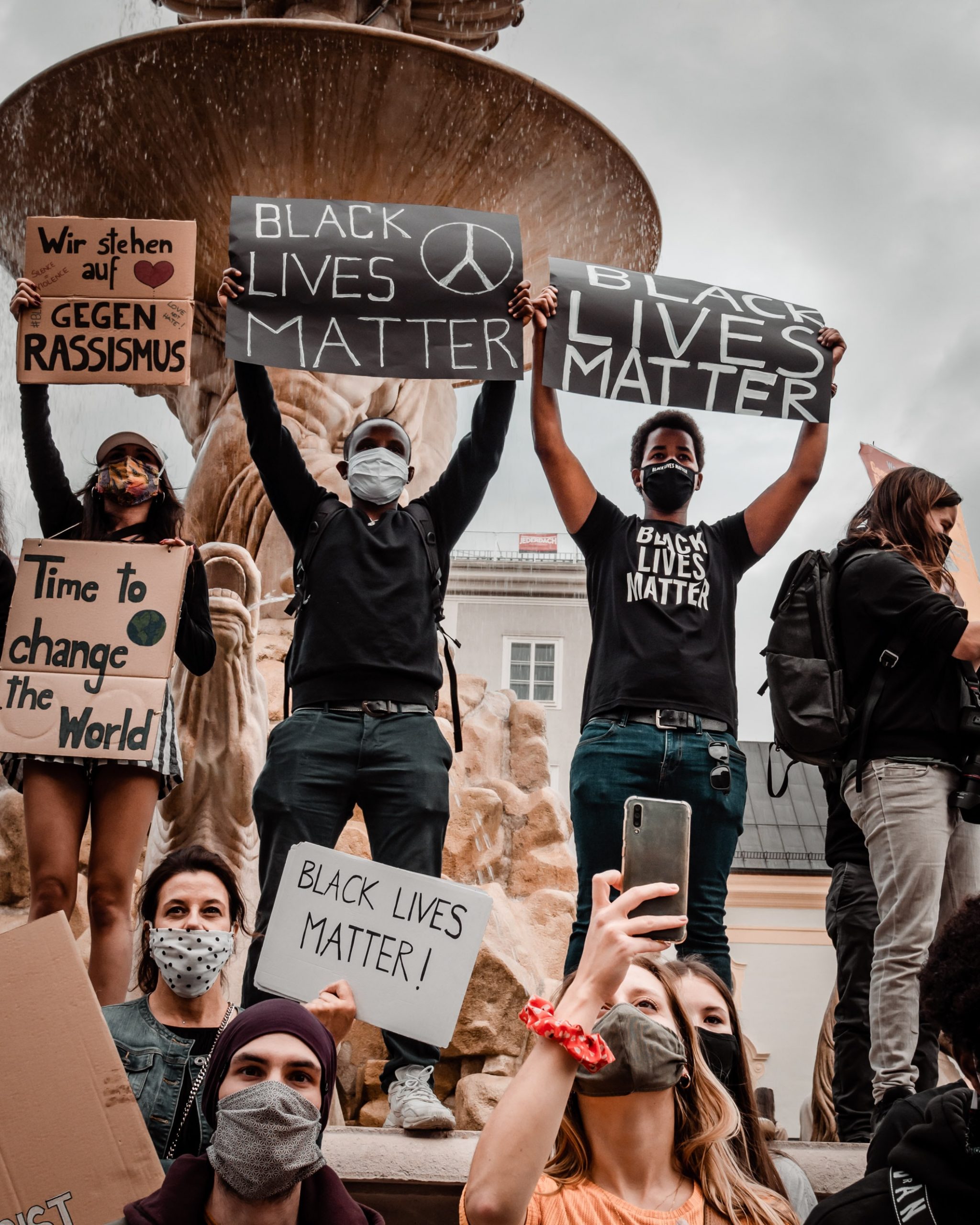
Two years ago following the murder of George Floyd, our news and social media feeds were flooded with people’s experiences of racism. The resurgence of the #MeToo hashtag in 2018, saw millions share their stories of sexual harassment and assault online after years of being silent.
With both of these points in time, a huge amount of anger had been bubbling under the surface. Both the #BlackLivesMatters movement and #MeToo movement had been set up years in advance, which in turn were built on the work of civil rights and the feminist activists. But, previously, both had been systematically undermined by institutionalised racism and sexism.
What was different this time?
Storytelling, powered by social media, enabled both of these movements to finally get mainstream attention. Instead of being siloed, the swell of stories meant that people in power could no longer ignore widespread discrimination. As a result, we started to see governments and organisations pledging to embed equality, diversity and inclusion practices into their business strategies.
This step in the right direction, was also a double-edged sword. Employers disproportionately leant on people of colour and black, indigenous and people of colour, women, non-binary people, members of the LGBTQ+, disabled people, to come up with EDI initiatives, join committees and help formulate diversity strategies.
These individuals may have also been asked to/ or there might be an unspoken expectation for them to share their personal stories. This requires a huge amount of vulnerability and an element of risk for that individual, as the process may uncover past traumas and have a negative impact on their wellbeing.
This is something businesses need to be incredibly mindful of, as we need to be careful to not create additional workloads for those with lived experience or ask people to relive traumatic experiences.
I’m not advising that we stop encouraging people to open up about their experiences. Storytelling can be an incredibly empowering experience; it can build empathy, create communities and catalyse global social movements. But we need to be more mindful about the environments we create, when we invite people to do so. This is true not just in an EDI setting, but across all situations where we ask an individual to share a personal story with us.
So, how do we create these intentional environments for people to share their stories?
There are several things we can do before, during and after. However, it’s worth noting that we cannot fully control what happens in that space, meaning that it is never truly “safe”, but we can try to control the inputs to build environments that allow people to speak up.
Before:
1. Understand power dynamics and unconscious bias
Underpinning all communication and information sharing are power dynamics and unconscious bias.
Power is a person’s ability to exert influence and control. Power dynamics describes how power affects a relationship between two or more people.
Unconscious (or implicit) bias is a term that describes the associations we hold, outside our conscious awareness and control. Unconscious bias is triggered by our brain automatically making quick judgments and assessments. They are influenced by our background, personal experiences, societal stereotypes and cultural context. Unconscious bias affects everyone.
Power dynamics and unconscious bias can become particularly harmful in storytelling.
Power dynamics can prevent people from sharing their story. Someone may not feel like they can speak openly around someone in a more senior position or someone who doesn’t have empathy for their experience.
Meanwhile, bias may remove an individual’s autonomy and control over their own story when we assume we can talk on behalf of other groups. For activist and author Lisa Sharon Harper, not having control of your own story is one of the “highest levels of oppression”.
However, it is possible to unpick and unlearn our biases by understanding what they are. We can take an unconscious bias test and educate ourselves about the lived experience and oppression.
Equally, although we can’t fully remove power dynamics from any given situation, by being conscious of them we can use some of our privilege and power to design situations in a way that ensures that those with less power don’t have less of a voice.
Recommendations:
- Ahead of a talk on a particular topic, send the audience a video or pre reading to do or ask them to read an article in the session. Test them on entry to the event.
- Commit to yearly unconscious bias training for your team
2. Set up a physiologically safe environment
Psychological safety describes our level of confidence and comfort in a group setting to take interpersonal risks and be vulnerable in front of one another.
When there’s low psychological safety, people don’t ask questions, they don’t own up to mistakes, they avoid difficult conversations, they don’t ask for help and diversity of thought is stifled. We become less curious, less creative, less competent and less compassionate.
a) Introduce yourself by giving your name and your pronouns and asking them their preferred name and pronouns.
Sharing your pronouns first sets the tone that this is an inclusive space. It signifies respect and an understanding about gender identity. Asking for theirs prevents potential emotional distress caused by misgendering someone.
Similarly with names, mispronunciation of names could be viewed as a “microinvalidation” or straight up discrimination if done intentionally. So asking someone to share theirs and making the effort to try to remember, is super important to establishing intentional environments.
b) Ask everyone to check-in
It’s important to give everyone in the space (be that a meeting, workshop, presentation, a coffee) a voice from the start, even if it’s just with a simple round of introductions. This will make sure no one feels alienated — a common experience for introverts, members of ‘outgroups’, and more junior members of the team.
If you don’t engage these people early on, people who are naturally introverted are less likely to share their ideas, according to Susan Cain author of Quiet. The conversation is, therefore, more likely to go in the direction set by the first people to speak up.
Go to check-in questions:
- How are you feeling today?
- Write down or share something you’re excited about
- Write down or share something you’re a little bit nervous about
c) Practice informed consent
Informed consent involves providing clear information about what participation in the session involves and how information will be stored and used in the long-term.
The informed consent process should stress that participation is voluntary and can be ended at any point.
Ways to practice informed consent:
- Write out consent forms explaining what the session involves, ask the person to read and sign it if they are comfortable with what the session
- Reaffirm written consent with verbal consent, by going through what the session involves verbally and asking them to say if they have fully understood everything. Create space for them to ask question.
- Even though they have signed something or have verbally consented, its important to reestablish consent throughout by checking in with that person
- Reestablish at the end of discussion
During
1. Practice active listening
Active listening is one of the most powerful tools we have when it comes to creating intentional spaces. It shows we are engaged, that we care and it helps build empathy and understanding.
Active listening is where you make a conscious effort to hear not only the words that another person says but the complete message being communicated. To do this, you need to pay attention to the other person very carefully.
You cannot allow yourself to become distracted by your surroundings or form counterarguments while that person is speaking. You must remain engaged throughout.
Ways to practice active listening:
- Look into the speakers eyes when they are talking
- Smile at the speaker and nod along where appropriate
- When that person has finished, reflect back or paraphrase to that person what they have just said.
2. Allow for different methods of storytelling
From an accessibility point of view not everyone enjoys standing up in front of an audience and sharing their story. There is undoubtedly an extrovert bias within storytelling, as it usually involves some form of public output.
Try creating a space which doesn’t rely solely on non-verbal communication. People might prefer writing things down or drawing. If someone is giving a talk, they might prefer to share a prerecorded video or film to get their point across, without having to revisit that experience by talking about it.
3. No shocks
If someone is sharing something vulnerable, then sometimes questioning or having a Q&A session at the end might not be the most appropriate thing to do.
We’ve seen this recently with athletes refusing to take part in media interviews to protect their own mental health.
If you are going to ask them questions, be sure to share them with that person beforehand.
After
1. Re-establish informed consent
Take the time to re-explain where and how this information will be used.
If the quote or interview is being used for marketing purposes I would encourage that you share the final piece with that person, so they can see the quote on the page and give them a final sign off on how it looks.
As an organisations you need to be prepared for the fact that a person may say “no” or have suggestions or edits that they would like to be included. This is a really important stage for giving people autonomy over their own story and is also a way to practice co-design through story creation.
2. Check-out
We very rarely ask how people feel. It’s important to end well and give people the opportunity to reflect on their experience and offer them a form of closure.
Similar to check-ins, check-out also allow everyone to contribute to conversation and make them feel like their voice has been heard.
Go to check-out questions:
- One reflection you would like to share
- One thing you learnt today
3. Create space for feedback
A check-out also offers a pathway into offering honest feedback on how the session went for them. Try using phrases like “what went well” and “even better if”, to keep the conversation from slipping into a negative spiral.

